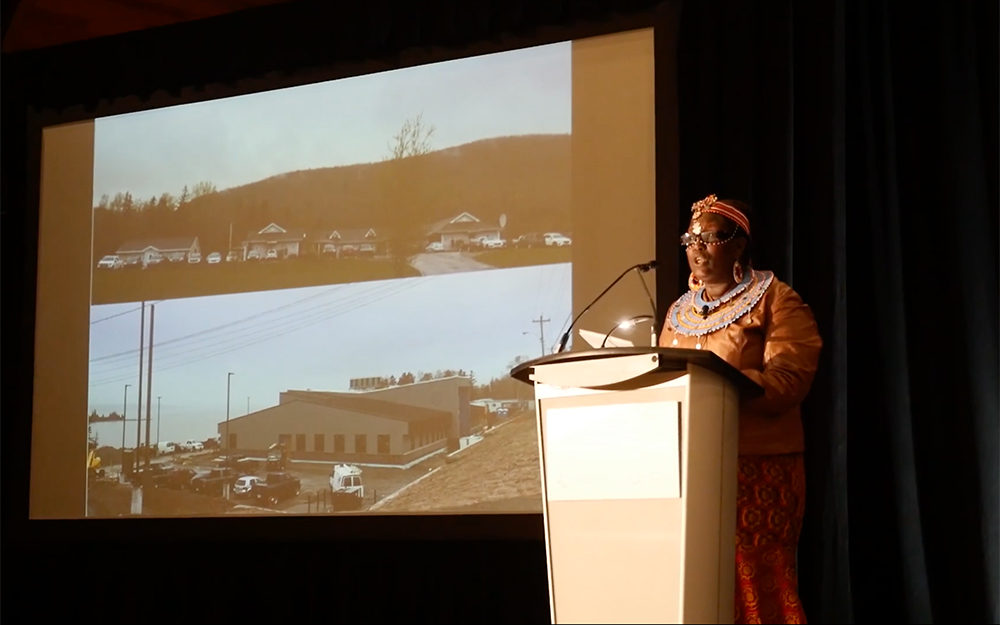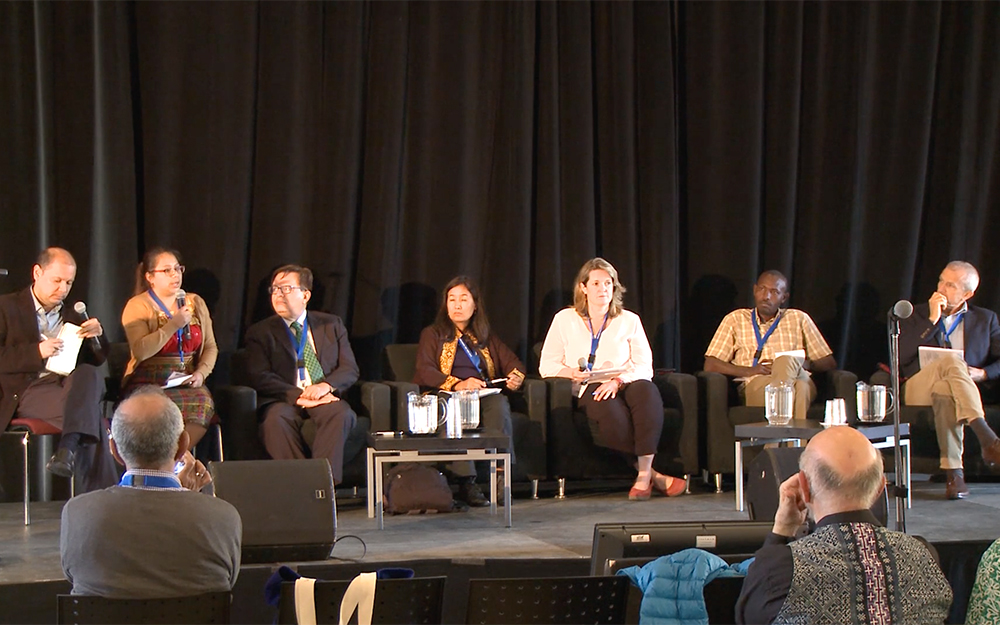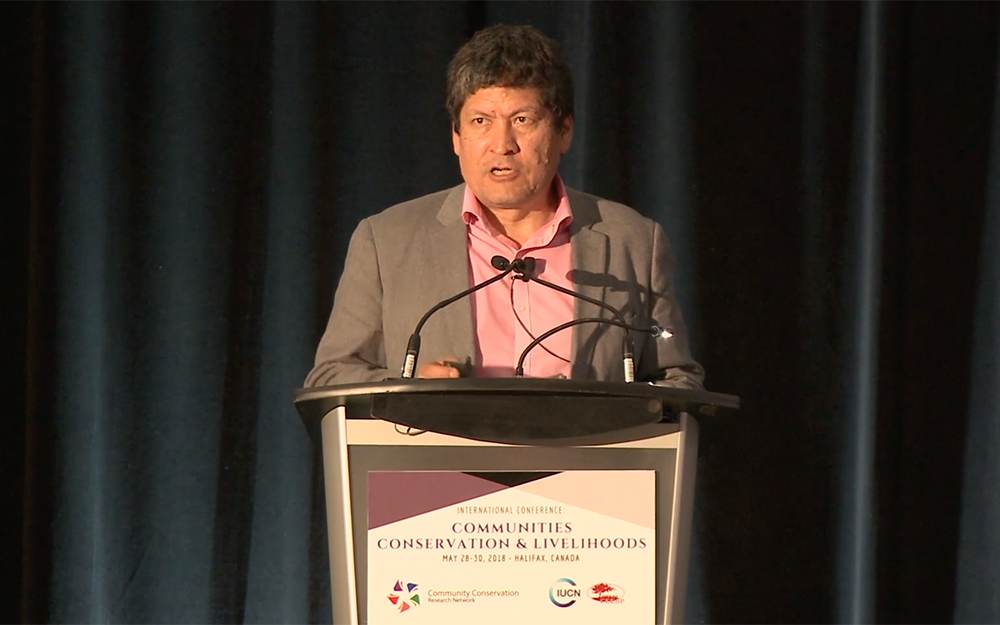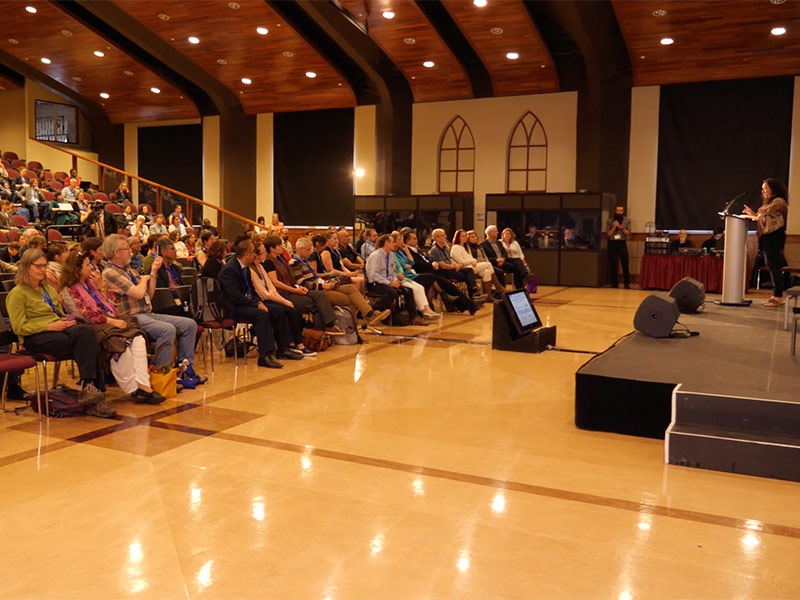Safeguards in Conservation: Minimizing Risk and Improving Outcomes
[vc_row css_animation="" row_type="row" use_row_as_full_screen_section="no" type="full_width" angled_section="no" text_align="left" background_image_as_pattern="without_pattern"][vc_column width="2/3"][vc_column_text]In striving toward a future which supports both sustainable conservation and human well-being, Conservation International (CI) has developed a draft Environmental and Social Management Framework. This framework is being designed to ensure systematic and transparent management of...






